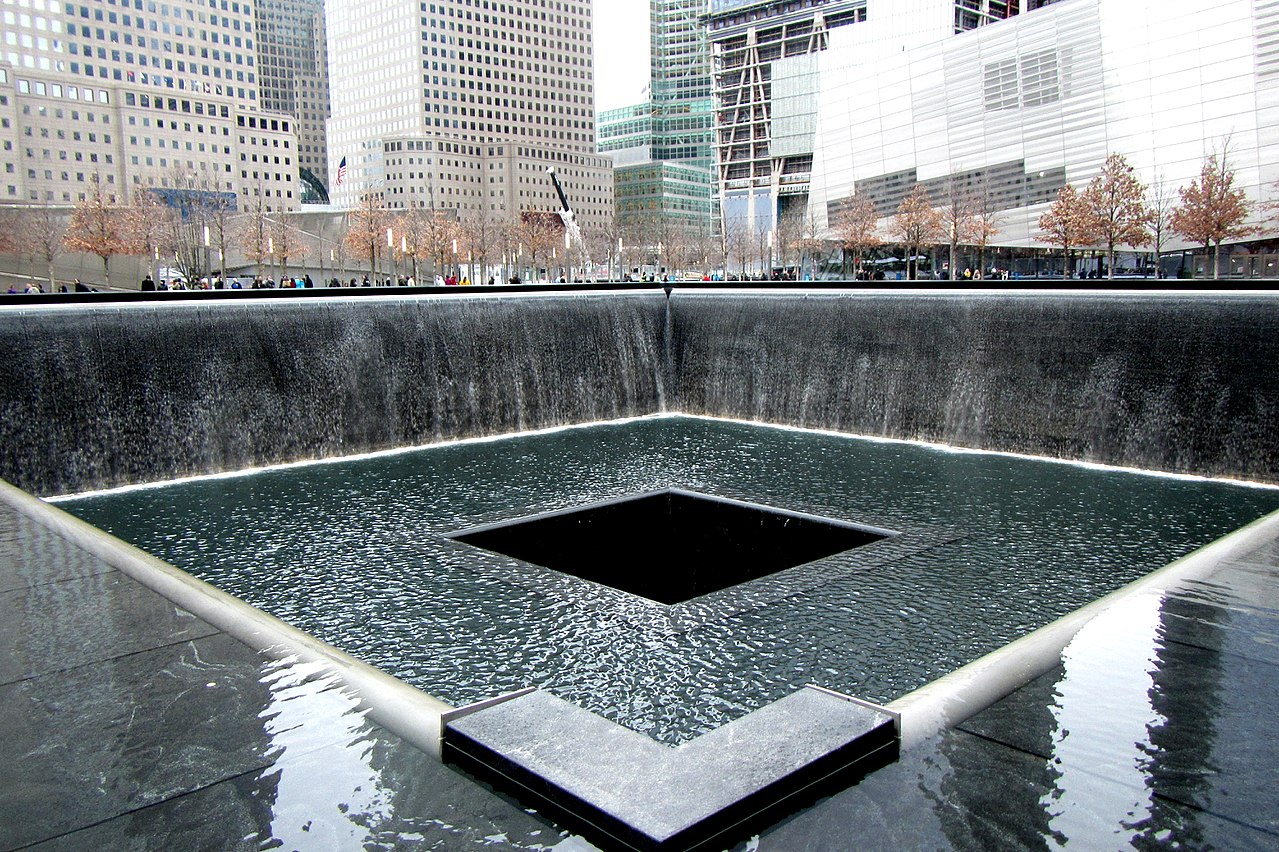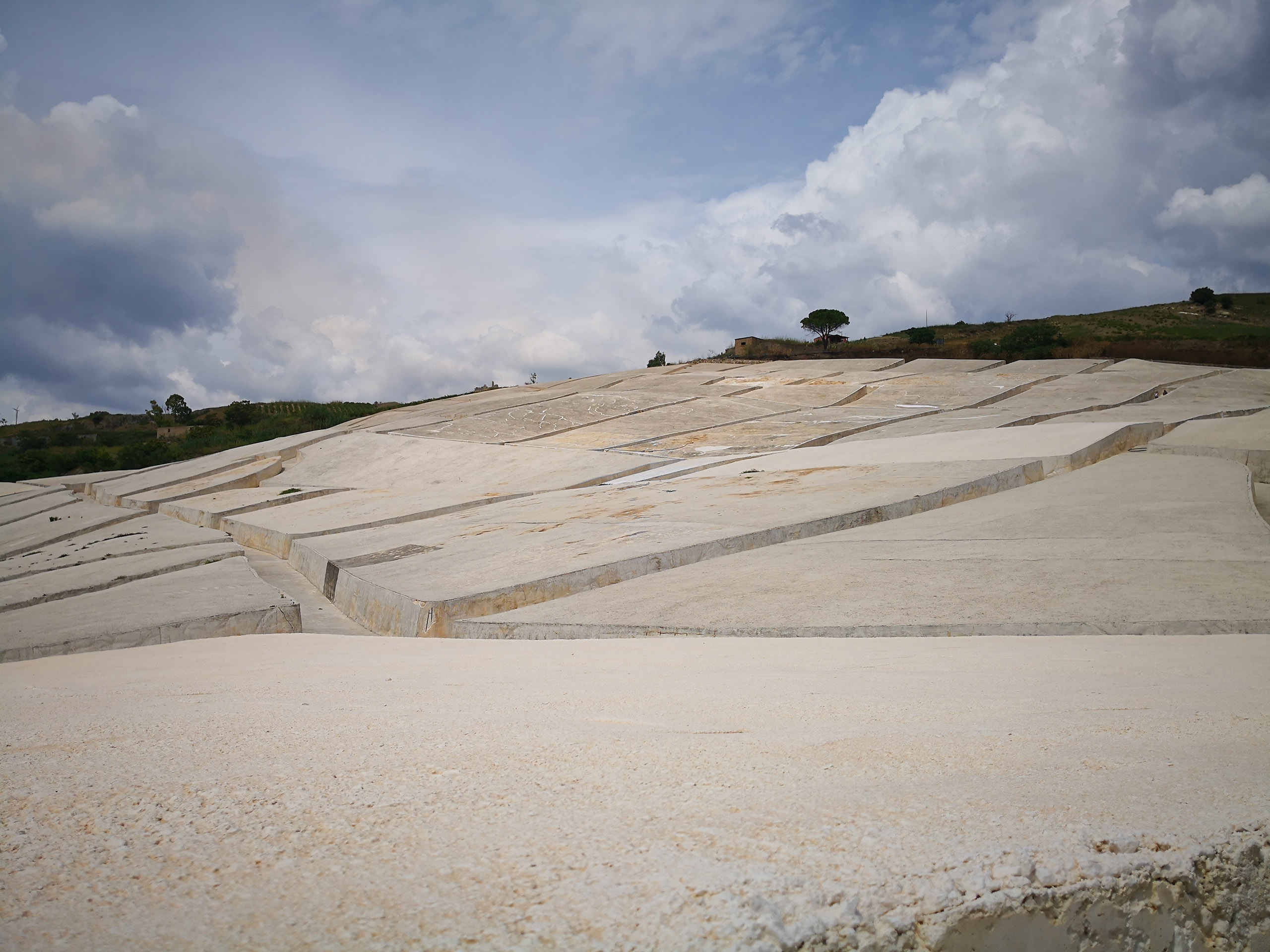What can we expect from architecture, on top of being useful? That it overwhelms emotionally? Countless visitors of the Taj Mahal in Agra, India, know what it is to be subjugated by the majestic beauty, elegance, and evocative power of a building. The Taj Mahal was built from 1630 to 1653 as a memorial for one single person, Arjuman Banu Begum, the wife of the Moghul Shah Jehan. It was meant to be a testimony to her beauty and to his love for her. That one person deserved so much is obviously part and parcel of the fascination exerted by the monument. Much harder, of course, is to celebrate the lives – and the deaths – of the many, as we all discovered in the decade of torment upon the reconstruction at Ground Zero.
So here is a cautionary tale about art and memory. Roberto speaks:
“In August 2002 my wife and I were travelling in the hills of western Sicily. One night we were heading for the open-air theatre of Gibellina, in the Belice Valley, where a performance was due in the evening. We did not know much about the place except that a memorial site was built there for the victims of a deadly earthquake that occurred in the night between January 14 and 15, 1968. The event totally destroyed the city of 6000 and killed 100 people. A new city has been since rebuilt some 20 kilometres down the valley. The memorial is all that remains of the old city, but it is no small thing, as it takes up the whole surface of the original village. A large triangular veil of concrete, it entirely covers the hill where once houses stood. In 1981 Artist Alberto Burri (1915-1995) had rumble from the disaster gathered and piled in heaps, five feet tall, that closely follow the perimeter of the original, irregular blocks of the city, then flattened their tops and drowned them in concrete. The resulting effect is what you get from looking at a white earth clod in a draught, with open grooves cutting deep into the surface. Only, on a much larger scale, so that people can walk in the grooves (as the original inhabitants used to stroll in the streets) and look at each other across the tops of the blocks.
Gibellina is a sore memory for Italians of my generation. I was a child when the earth quaked: I remember news coming in from our first television set. For many years the Belice Valley was one regular piece in the news. We were told about it in school. It became synonym with governmental inefficiency and waste in managing a never-ending reconstruction.
Tourists now roam the place as they attend the select Gibellina Theatre Festival, held in a nearby space towered by the only concrete building that survived the disaster. They come before sunset, driving from distant places, from Trapani and Agrigento, from the many resorts of the western coast of Sicily. As we slowly approached Old Gibellina we could see the memorial site rise on the hill like a huge struck white sail. There was no sign to inform us that we enter a sacred space, no plaque to register the names of the dead, no directions, no record of what had happened. But as we parked our cars and began walking through what once were busy streets and are now large blinding-white concrete blocks we realized that no commentary, no labelling, no official discourse was necessary. Stones can speak for themselves: architecture can overwhelm. We quickly moved into a novel dimension, in which all of a sudden we were no longer what we thought we were. We walked like ghosts in a dead city, looking at other ghosts whose heads topped the next large concrete block.

